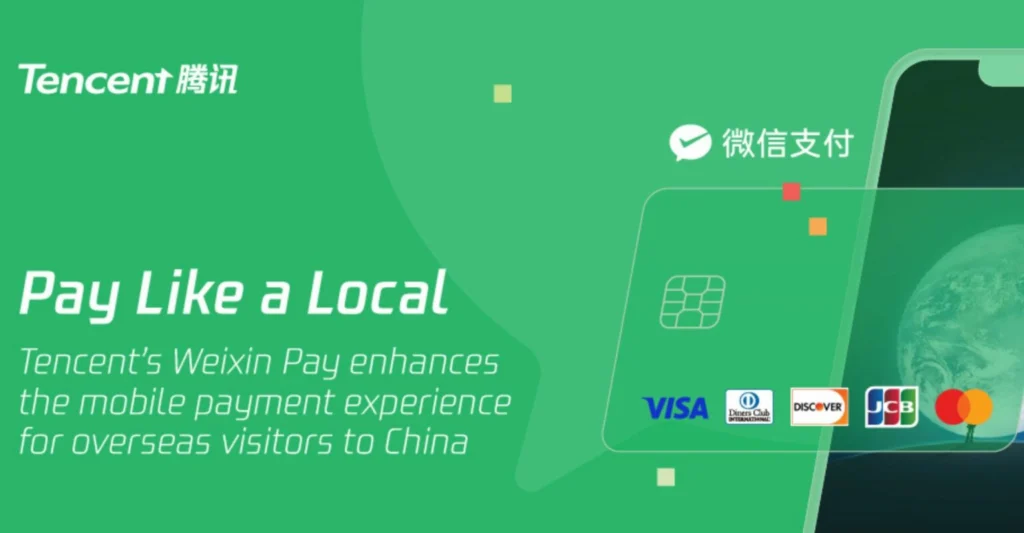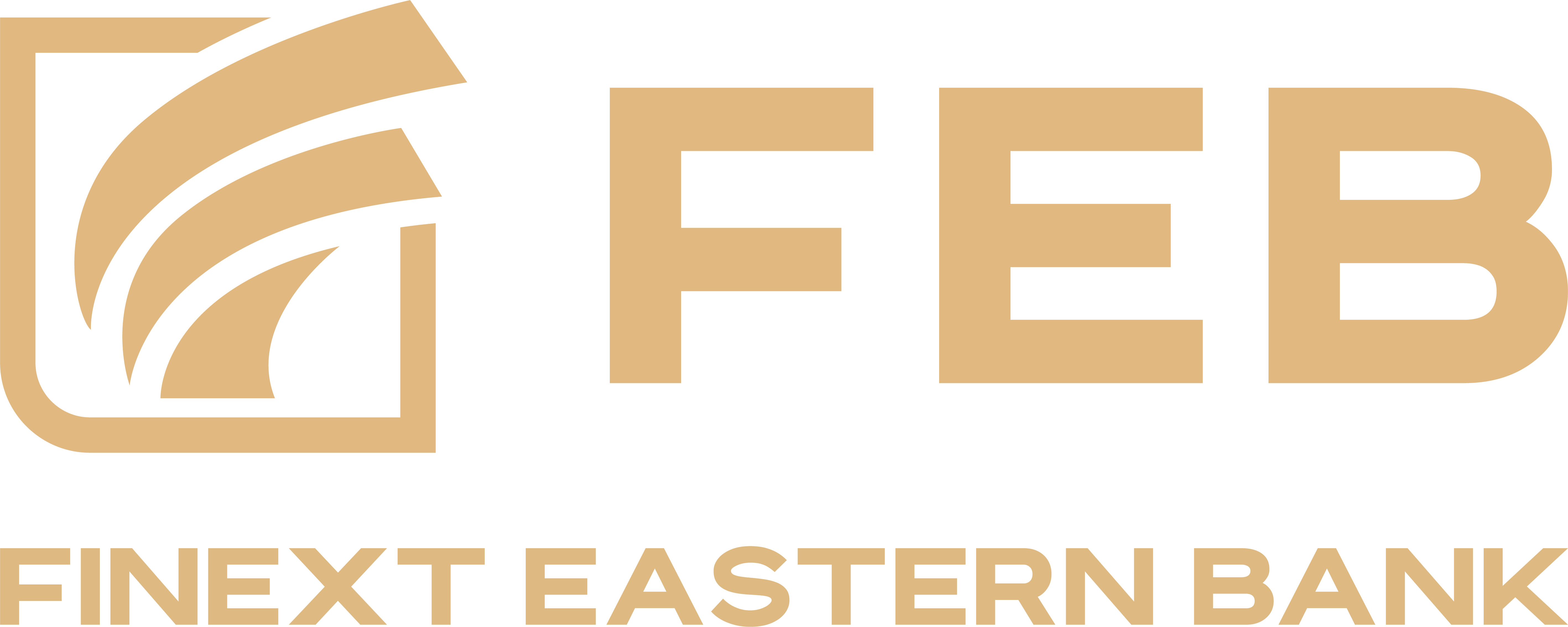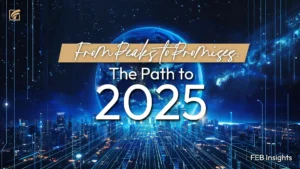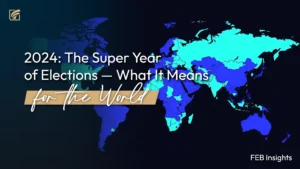In the dynamic landscape of modern payments, an exciting future awaits, promising to revolutionize the way we transact on a global scale. As we journey towards a more interconnected and digital era, the payment ecosystem is undergoing rapid transformations. Recent developments, exemplified by WeChat’s collaboration with Visa and Mastercard, offer a glimpse into the broader trends propelling the expansion of digital payment services on a global scale. In this article, we delve into the key insights and trends shaping the future of payments.
A Glimpse into China’s Cashless Revolution
China’s digital payment ecosystem has been a shining example of what the future holds for payments worldwide. The country has been at the forefront of transitioning to a cashless society, with widespread adoption of QR codes, mobile payments, and embedded finance. The integration of Visa and Mastercard into China’s most popular mobile payment platforms, Alipay and WeChat Pay, showcases the country’s commitment to attracting foreign investment and catering to international travelers.

Source: Tencent
According to a UnionPay report, China’s annual volume of electronic transactions has impressively surpassed $434 trillion, with over 80% of daily consumption transactions conducted via mobile platforms. This remarkable progress towards a nearly cashless society serves as an inspiration to the global community. The widespread accessibility of digital payment services showcases the growing significance of mobile payments in facilitating cross-border transactions and paving the way for a cashless future.
The Era of Programmable Payments
Looking beyond China, the future of payments is set to be shaped by several key trends identified in recent reports. One such trend is programmable payments, This trend explores the integration of artificial intelligence, application programming interfaces (APIs), and smart contracts to encode business logic into payment processes. The result is an unparalleled efficiency that offers enhanced consumer experiences, heralding a new era of payment methods.
In this evolving landscape, programmable payments are at the forefront of revolutionizing how transactions occur. With the integration of advanced technologies and the ability to encode business logic directly into the payment process, programmable payments offer a level of efficiency and personalization that was previously unattainable. As we embrace this new era, the potential for innovative and seamless payment experiences is limitless.
The Phasing Out of Magnetic Stripe Technology

Keeping pace with technological advancements, UnionPay made an announcement back in 2017 to disable and phase out magnetic stripes. Mastercard’s announcement to phase out magnetic stripes in 2021, with Visa likely to follow the same trend, heralds a significant leap in payment security. The magnetic stripe, a technology dating back to the 1960s, is gradually being replaced by EMV chip cards, where cardholder details are stored more securely on small integrated circuit chips embedded into the cards. As reported by Mastercard, this transition has seen an impressive 86% of in-person card transactions globally now using EMV chips, bolstering the security of card transactions worldwide.
Asia-Pacific (APAC) at the Forefront of Payment Trends
In 2022, digital wallets and account-to-account (A2A) payments witnessed significant growth in APAC, particularly in emerging Asian markets such as China, India, and Southeast Asia, according to a report by FIS, a global financial technology leader. Digital wallets have rapidly gained traction in the region, with China leading the way with extensive use for both e-commerce and point-of-sale transactions.
The region’s e-commerce market is booming, with Southeast Asia and India projected to lead in e-commerce growth through 2026. Additionally, BNPL arrangements have gained popularity, offering more credit options to consumers and furthering digitalization.
Smart Payment Accessories: A Transformative Trend

In the fast-evolving realm of digital payments, smart payment accessories are emerging as a transformative trend. Wearables like smartwatches, rings, fitness bands, and tags are equipped with payment functionalities, enabling frictionless and secure transactions without the need for physical cards or smartphones. This trend aligns perfectly with the growing demand for a cashless society, catering to consumers seeking convenience and streamlined checkout experiences.
Connected Finance and Borderless Rails
As consumers seek more personalized payment experiences, connected finance emerges as a prominent trend. The concept of open banking allows seamless integration with third-party financial institutions, introducing innovative banking and payment solutions, such as the popular “buy now, pay later” (BNPL) model. Personalization takes center stage, enhancing consumer satisfaction and driving the evolution of payments.
In parallel, borderless rails are emerging to dismantle the barriers that impede the unrestricted movement of money, goods, services, and data across geographical borders. This transformative trend aims to facilitate seamless cross-border transactions, fostering greater global interconnectedness and promoting efficient cash flow and commerce on an international scale.
Enabling Ambient Payments through the Internet of Things (IoT)
The rise of the Internet of Things (IoT) is another key trend shaping the future of payments. Connected devices, including smart home devices, smart speakers, and smart cars, can be equipped with payment functionalities, enabling users to make payments from various points in their daily lives. The concept of “ambient payments” is emerging, where transactions seamlessly occur in the background of everyday activities. For instance, a refrigerator could automatically reorder groceries, or a smart car could pay for tolls without any direct input from the user. This frictionless payment experience is poised to revolutionize consumer behavior and transform the way we engage with financial transactions.
The Advent of Digital Asset Payments
Digital assets are emerging as a significant trend reshaping the future of transactions. Cryptocurrencies such as Bitcoin, Ethereum, and stablecoins offer unique advantages, including faster cross-border transactions and greater financial inclusion. The acceptance of cryptocurrencies as payment by major companies like Tesla and PayPal is further propelling their mainstream acceptance. Moreover, Central Bank Digital Currencies (CBDCs) are gaining traction globally, providing an opportunity for governments to enhance monetary policy and improve financial system efficiency.
As technology and regulations evolve, digital assets may become an integral part of the global payment ecosystem, revolutionizing the way we conduct transactions and interact with financial systems worldwide. Incorporating digital asset payments offers unique opportunities and challenges, including the need for robust security measures, regulatory clarity, and consumer education about the benefits and risks. Nevertheless, embracing digital asset payments could redefine financial transactions in our journey towards a more digitized future.
The Rise of Fintech: A Driving Force
Looking ahead, the fintech sector emerges as a driving force in transforming the financial services industry. According to a report by BCG, fintech companies are expected to reach $1.5 trillion in annual revenue by 2030, accounting for almost 25% of all banking valuations worldwide.
B2B and B2B2X models are poised to lead the next era, serving small businesses and providing fintech solutions to a broader audience. Despite market fluctuations, the fundamental growth drivers of fintech remain robust, unlocking new possibilities and extending financial inclusion. Fintech’s pivotal role in the cashless future is set to enhance payment experiences and redefine global transactions.
Prioritizing Inclusive Credit and Conscious Consumerism
As the future of payments unfolds, societal and environmental considerations hold paramount importance. Inclusive credit solutions are on the rise, supporting historically underbanked communities and empowering them with financial literacy and access to vital financial resources.
Conscious consumerism also wields a significant influence on payment preferences, with Generation Z and Millennials driving the demand for social, environmental, and ethical consciousness. Purpose-driven brands that embody positive change resonate deeply with these consumers, reshaping the payment landscape.
In conclusion, the future of payments envisions a cashless world shaped by technological advancements and transformative trends. The lessons learned from China’s cashless revolution, along with emerging payment trends, paint a compelling picture of a world where mobile payments, tokenization, and personalized experiences will be at the forefront of how we transact and interact in the years to come. As we embrace this cashless tomorrow, collaboration among stakeholders, proactive regulatory frameworks, and purpose-driven initiatives will shape a sustainable and innovative payment landscape.
If you’re intrigued by the idea of a cashless future, explore our debit card program, designed to provide seamless and secure payment experiences. Join FEB’s debit card program today and step into a world of hassle-free transactions!






